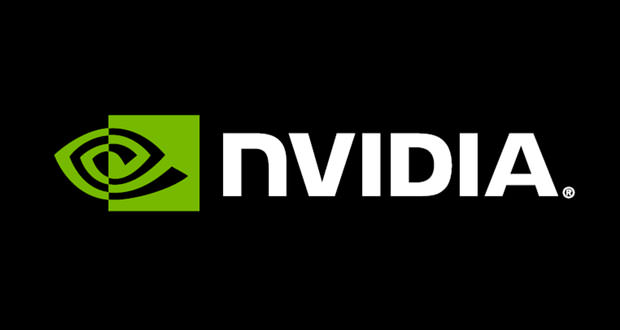NVIDIA IA techniques can help clinicians detect tumor
At a ” Medical Image Computing ” themed conference in Granada, Spain, NVIDIA technicians explained how deep learning developed by the GPU can also make a crucial contribution in the medical field.
Deep learning systems can quickly perform comparisons between images generated by magnetic resonance imaging to identify elements that require further study. Provided that you perform the necessary training first, in cases such as this through what are called generative adversarial networks (GAN).
Potentially, such techniques can significantly improve the analysis of magnetic resonance images, allowing clinicians and specialists to spend less time applying geometric and algebraic equations and spending more time on patients.
In order to make the process more efficient, as it always happens in all deep learning applications, a crucial part is linked to training and datasets, that is, to the set of original images with which to compare new studies. NVIDIA to solve these problems has decided to develop a neural network that autonomously generates training data, ie magnetic resonance images of the brain with tumors. This procedure was illustrated in a conference on ” Medical Image Computing ” held in Granada, Spain.
The artificial intelligence system is able to genre images of the brain autonomously, and then use them to train neural networks. It was developed using the PyTorch Facebook deep learning framework, run on a platform powered by NVIDIA DGX hardware.
This is Tesla GPU-based systems capable of processing the accelerated TensorFlow deep learning framework via cuDNN. It is based on a GAN network composed of a generator that produces samples and a discriminator that tries to distinguish between generated samples and real samples.
The NVIDIA team used two public data sets: ADNI (Alzheimer’s Disease Neuroimaging Initiative) and BRATS (Brain Tumor Image Segmentation Benchmark). The resulting generator has learned to produce synthetic brain scans complete with white matter, gray matter and cerebrospinal fluid. ADNI helped create the original ” healthy ” part of the brain, while BRATS generated realistic segmentations invaded by cancer.
The result of these combinations has been memorized in the GAN: it is a process that would manually have required many hours for human experts. Furthermore, there are no complications in terms of patient privacy because the images generated are obviously anonymous. And, again, the final image can be modified, for example: from the point of view of the size and position of the tumor.
” Radiologists said they were enthusiastic because the process allows them to generate many more examples of rare diseases, ” NVIDIA technicians told the event. More details on this subject can be found here.

